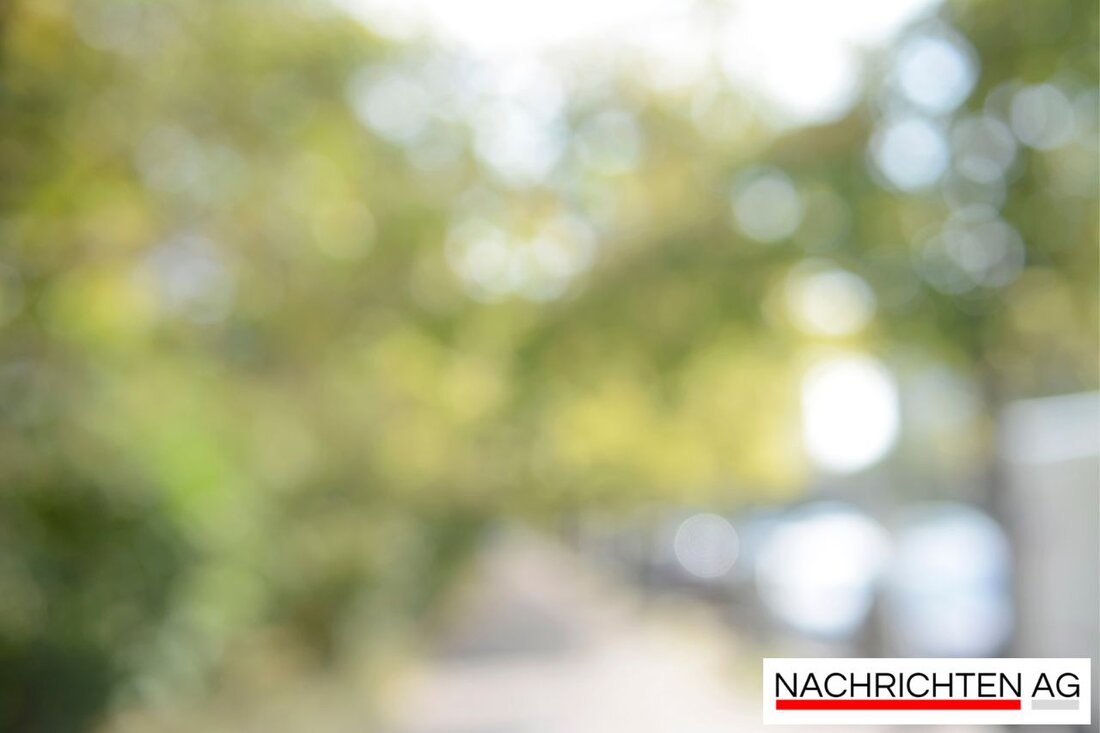Raspberry harvest 2025: Northern Germany conquers the fields and tunnels!
The raspberry harvest begins in Vechta, while innovative cultivation techniques promote protected cultivation. Fresh, regional qualities in focus.

Raspberry harvest 2025: Northern Germany conquers the fields and tunnels!
The raspberry harvest has really picked up speed in northern Germany. With the first berries from the open field and popular self-picking fields, fresh enjoyment is the order of the day again. Loud Gabot The raspberries from protected cultivation, for example from polytunnels and greenhouses, are also available in food retailers.
Regionally, it can be seen that cultivation is increasingly shifting from open fields to protected cultivation. This trend has become established for good reason: new cultivation methods offer the possibility of providing raspberries in the required quality and quantity from May to September. Felix Koschnick from the Lower Saxony Chamber of Agriculture (LWK) explains that the harvest in the tunnels is already in full swing.
Challenges and opportunities in cultivation
But if you think growing raspberries is child's play, you're wrong. Challenges are increasing, mainly due to changeable weather conditions and the pesky cherry vinegar fly, a pest that makes life difficult for farmers. Nevertheless, protected cultivation is booming: in 2023, an impressive 76% of raspberries harvested came from this form of cultivation, a significant increase compared to just 30% in 2015, reports Fruitnet.
In order to meet the growing demand and requirements, the companies are continually expanding the areas under protected cultivation. In the period from 2015 to 2024, the cultivated area will grow by around 31 hectares annually, which corresponds to an increase of almost 9%. In 2024, raspberries were cultivated under glass on 454 hectares, an increase of 4% compared to the previous year.
Regional characteristics and CO2 balance
The centers of raspberry cultivation in Lower Saxony extend across the Vechta district, particularly in Langförden, and the Stader Geest south of the Altes Land. In the entire North German Plain, around 62 companies cultivate raspberries on a total of 70 hectares. Particularly pleasing from an environmental perspective: German raspberries score points with a better CO2 balance and lower water consumption compared to imports from Spain, Morocco and Portugal, according to the assessment Gabot.
Consumers are willing to travel longer distances to harvest the freshest fruit directly. The popular hobby of picking things yourself has become firmly established in northern Germany. In 2022, 34 companies in Lower Saxony were able to harvest 99 tons of raspberries on 41 hectares outdoors. A year later, the figures show an increase to 117 tonnes with 37 farms and 48 hectares.
Even in protected cultivation, the 2023 figures show a positive development: 16 companies cultivated an area of 63 hectares and harvested around 782 tons of raspberries. This is a great success for farmers and a sign that the good hand for raspberry cultivation in the region is not just a trend, but the future of the sweet fruit.
Overall, the raspberry is not only a delicious treat, but also an important economic factor in Northern Germany. So, enjoy the freshly picked berries!

 Suche
Suche
 Mein Konto
Mein Konto